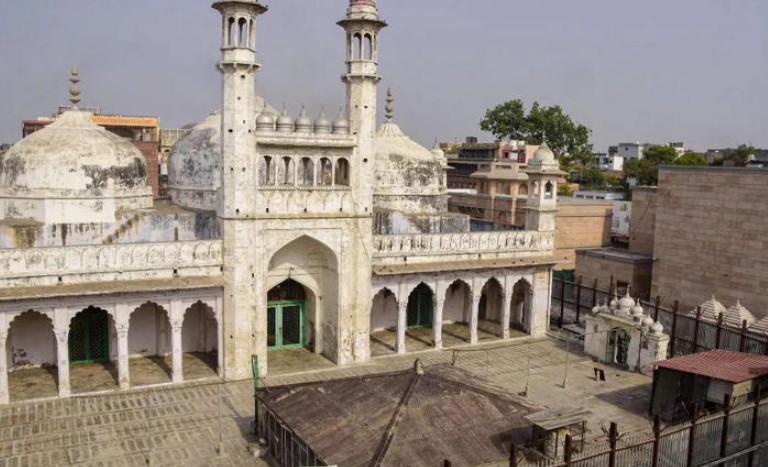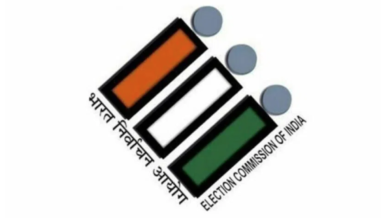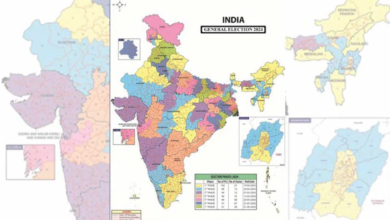Old map shows existence of Hindu deities on Gyanvapi wall: Hindu side

PRAYAGRAJ: The lawyer of the five women respondents, who are seeking the right to worship Shringar Gauri and other deities inside the Gyavapi Complex in Varanasi, on Wednesday showed an old map to the court which indicated the existence of Hindu deities on the outer wall of the mosque premises.
Besides, the lawyer, Harishankar Jain, also stated that these deities were regularly worshipped at their respective places till 1993, but later this practice was stopped by an order issued by the then state government. “At present, these deities are permitted to be worshipped once in a year only,” he submitted before the court.
“In this backdrop of the situation, the request of Hindu devotees for permission to regularly worship Shringar Gauri and other deities in Varanasi’s Gyanvapi mosque compound is fully justified,” Jain, while appearing for the respondent Hindu side, argued.
After conclusion of Wednesday’s arguments, the Allahabad high court will continue to hear on Thursday (December 8) a civil revision petition filed by Anjuman Intezamia Masajid (AIM) — the Gyanvapi mosque management committee — that has challenged a Varanasi court order turning down its objections to the maintainability of the suit filed by five Hindu women who have sought permission to regularly worship Shringar Gauri and other deities in Varanasi’s Gyanvapi mosque compound.
As per the date fixed, the hearing of the case was resumed on Wednesday. However, after a brief hearing, Justice JJ Munir directed to put up this case on December 8 for further hearing.
District judge Varanasi had on September 12 dismissed the plea of AIM filed under Order 7 Rule 11 of Civil Procedure Code (CPC), challenging the maintainability of the suit filed by the five Hindu plaintiffs.
While rejecting the AIM’s plea, district judge Varanasi had observed that the suit of the plaintiffs (five Hindu women) was not barred by the Places of Worship (Special Provisions) Act, 1991, The Waqf Act 1995, and the UP Shri Kashi Vishwanath Temple Act, 1983 as was being claimed by the AIM.
The present revision petition has been filed by AIM before the high court, challenging the September 12 order on the ground that the suit before the court below was barred under the Places of Worship Act, 1991, which provides that no suit could be filed seeking conversion of any religious place as existed on August 15, 1947.
The Places of Worship Act, 1991 bars change in character of religious places after independence, even by means of court proceedings.







